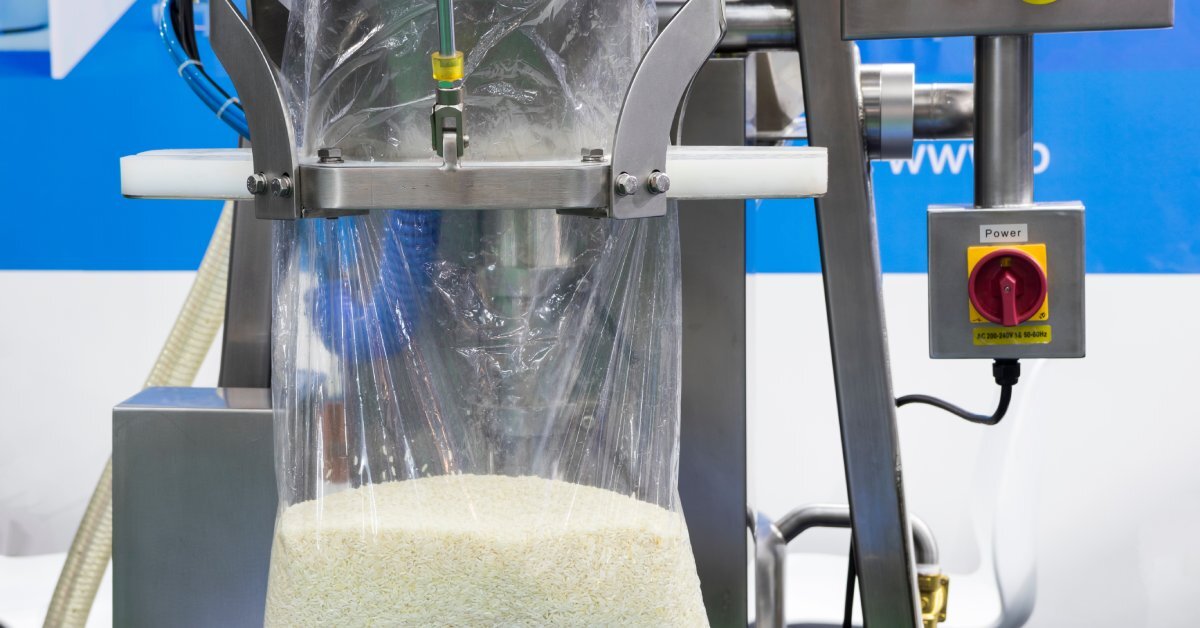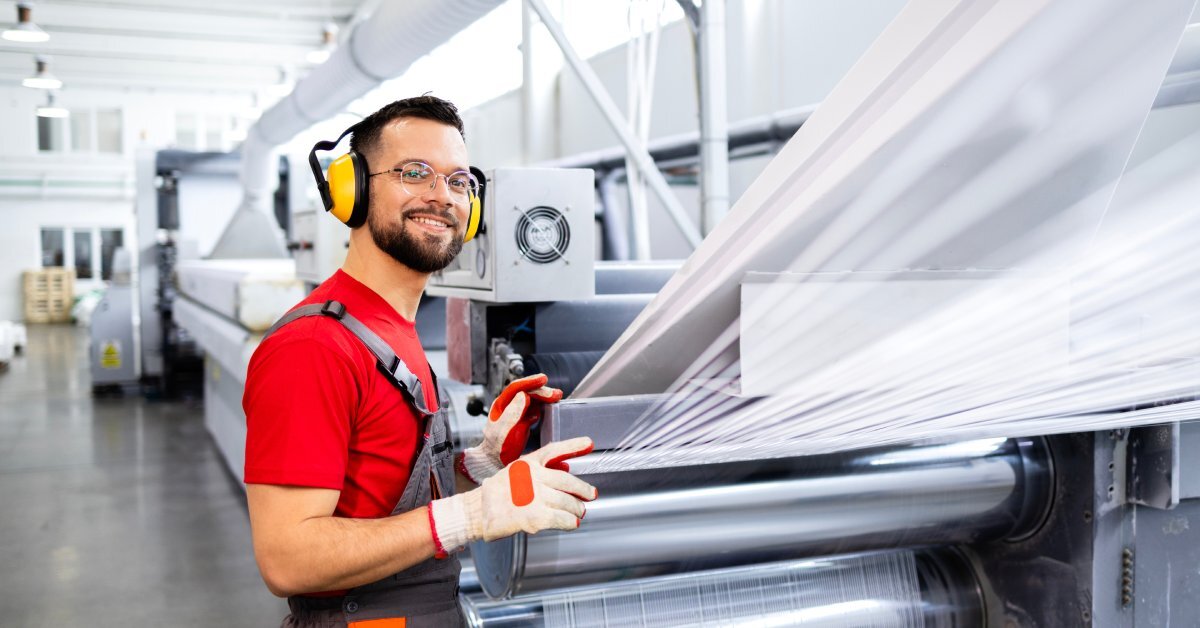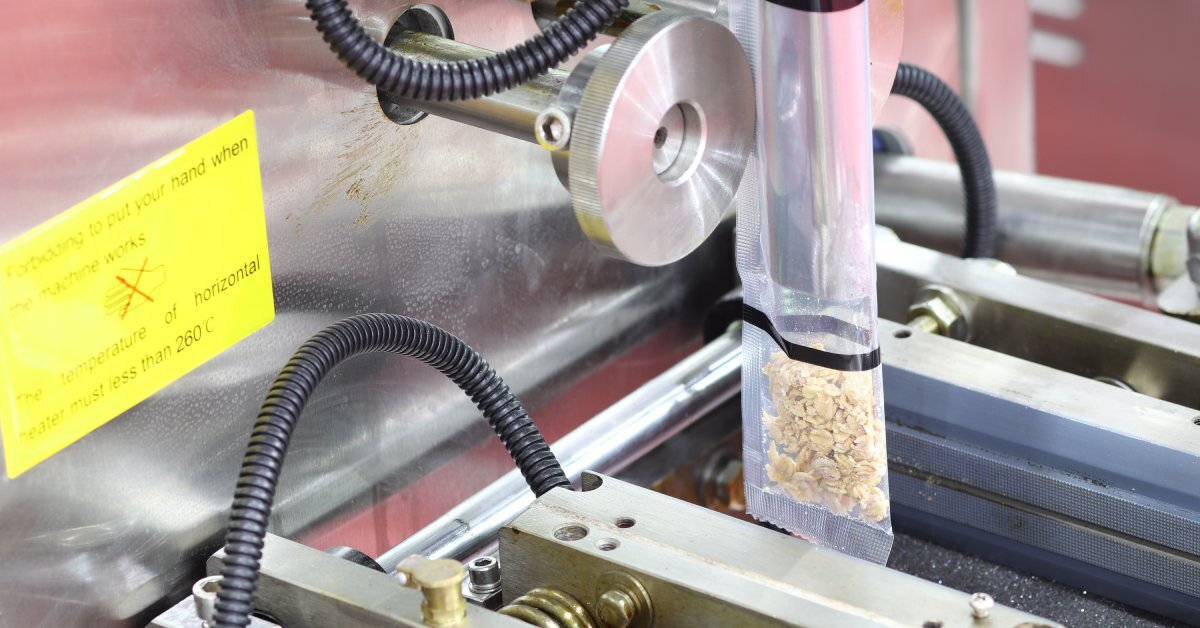
An efficient and reliable packaging process can make or break operations in industries ranging from food production to pharmaceuticals. One crucial component of a streamlined packaging setup is the automatic bagging and sealing machine. These machines take on the task of quickly and consistently bagging and sealing products, which can significantly enhance productivity.
However, choosing the right automatic bagging and sealing machine for your needs demands careful thought and evaluation. This guide will walk you through the key aspects to consider so that your investment aligns perfectly with your operational requirements.
Understanding Bagging and Sealing Machines
Automatic bagging and sealing machines simplify what would otherwise be a complex, labor-intensive process. By automating the tasks of filling and sealing bags, they reduce human error and dramatically increase speed and efficiency. These machines are highly versatile, capable of handling different product types, bag materials, and production volumes.
Whether you’re bagging food items, industrial parts, or medical products, an appropriate machine ensures reliability and consistency in your packaging line. Given how central these machines are to various industries, identifying the most fitting option is essential.
Examining Different Types of Machines
Automatic bagging and sealing machines come in a variety of types tailored to different business needs. The most common configurations include vertical form-fill-seal machines, horizontal form-fill-seal machines, and pre-made pouch systems. Each has unique applications and is suited for distinct types of operations.
Vertical machines, for instance, are ideal for handling loose products, such as powders or granules, and are commonplace in industries like food and chemicals. Horizontal formats are better suited for solid or pre-arranged products that require careful positioning, such as frozen meals or assembly kits.
Meanwhile, pre-made pouch systems offer simplicity by utilizing pre-manufactured bags, making them perfect for businesses seeking a low-maintenance solution for flexible packaging. Each type of machine caters to specific operational efficiencies, so understanding their distinctions is key to making an informed decision.

Considering Key Features
When looking for a bagging and sealing machine, certain features play a critical role in determining the machine’s capability and compatibility with your requirements. The most essential features include speed, automation level, material compatibility, and sealing precision.
Depending on your production goals, the speed of the machine should align with your target output levels. Automated features like weighing, labeling, and sealing adjustments can save time and reduce the need for human intervention, enhancing consistency.
Material compatibility is another pivotal consideration. Make sure the machine can handle the bag materials you plan to use, whether they are plastic, paper, or composite materials. Sealing precision is equally important, as a secure seal leads to product freshness and safety, particularly in industries like food and pharmaceuticals. Advanced features, such as touchscreen interfaces, recipe storage, and built-in quality control mechanisms, can also enhance the overall efficiency of your operation.
Evaluating Your Production Needs
Before deciding on a machine, conducting a thorough evaluation of your production needs is a must. Start by analyzing your current production volume and future growth expectations. Manufacturers typically build machines for specific capacities, and purchasing one that can’t keep up with your demand can hinder your operations. Conversely, overestimating your needs could result in unnecessary expenses.
Another aspect to consider is the product itself. What is its size, texture, and weight? Delicate items may require specialized handling to avoid damage, while bulkier products may need a robust machine capable of handling heavier loads.
Your storage and warehouse space should also factor into your choice. Machines with a compact footprint can be an asset for facilities with limited space, while larger setups might be suitable for high-output production lines.
Analyze operational flexibility as well. If you handle multiple product types, a versatile machine that can adjust to different bag sizes, materials, and weights will prevent bottlenecks in your workflow. Customization options are worth exploring to be sure the machine aligns with diverse demands.
Analyzing Cost and ROI
Investment is often a significant concern when purchasing industrial equipment, and automatic bagging and sealing machines are no exception. The cost of these machines varies widely depending on their functionality, features, and size.
While upfront costs are important, focusing solely on the purchase price can be short-sighted. Evaluate the total cost of ownership, including maintenance, energy consumption, and possible downtime expenses over the lifespan of the machine.
Return on investment (ROI) is another critical metric. A machine that saves labor costs, reduces material waste, and increases throughput can quickly make up for its initial cost. Consider the long-term savings associated with consistency and reduced human error as well. Running operational simulations or consulting with industry peers can provide deeper insights into the potential financial benefits of your investment.

Assessing Top Brands and Models
The market for automatic bagging and sealing machines is diverse, which can make choosing a specific model overwhelming. Reputable brands often stand out for their reliability, customer support, and innovative technology. Brands that offer a wide range of models can typically provide tailored solutions. Look for manufacturers known for robust warranties, easy-to-find replacement parts, and responsive technical support teams.
The best fit for your business may also depend on your niche. A model designed for pharmaceutical packaging may differ significantly from one suited for food processing. Partnering with an established brand ensures access to training, upgrades, and maintenance, which can make all the difference in long-term satisfaction.
Troubleshooting and Maintenance
Even the most advanced and reliable machines need periodic maintenance to function at optimal levels. Regular servicing and cleaning will help prolong the lifespan of your machine and prevent breakdowns. Establishing a clear maintenance schedule and providing staff training on basic troubleshooting processes can minimize your machine’s downtime and reduce repair costs in the long run.
Many machines come equipped with diagnostic tools that alert operators to potential issues before they escalate. Invest in models with such features to streamline problem-solving during operations. However, remember that even the best machine will require professional servicing at times, so factor in the availability of local technicians or support services when choosing a model.
Making the Right Choice
Choosing the right automatic bagging and sealing machine is a nuanced process, one that impacts productivity, cost-efficiency, and product quality. By understanding your operational needs and aligning them with the right features and capabilities, you pave the way for a smoother production process and satisfied customers. Don’t rush the decision-making process. Evaluate different options, consult experts if needed, and invest both time and effort into finding the machine that will serve you best.
At PackSmart, we understand that an automatic bagging and sealing machine is more than just equipment; it’s an essential partner in your business operations. That’s why we have a robust selection of bagging systems to meet your individual needs. Browse our selection today to boost both the performance and profitability of your packaging operation.
